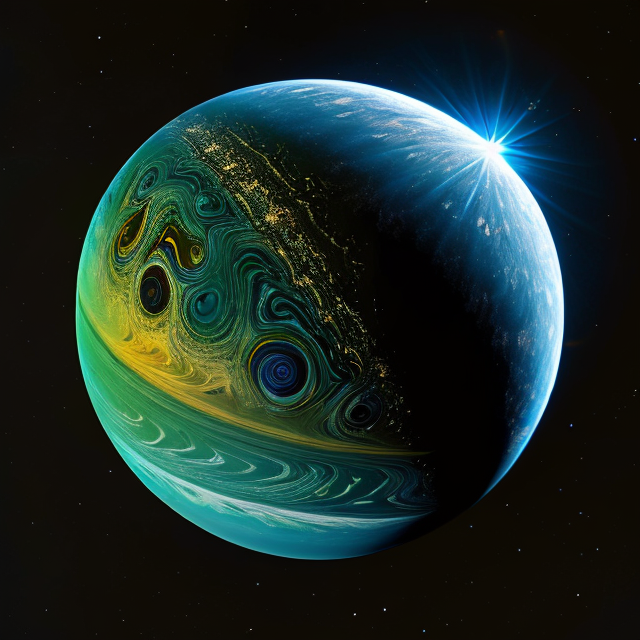|
|
Space Astro
|
Info for exoplanet "Nomiasto Apus"
| Scientific (actual) data |
|---|
| Name | K2-268 b |
| Planet status | Confirmed |
| Radius | 0.126 |
| Orbital period | 2.15189 |
| Semi major axis | 0.0308 |
| Discovered | 2018 |
| Updated | 2021-02-05 |
| Tconj | 2457140 |
| Impact parameter | 0.43 |
| Temperature (kelvin) | 1121 |
| Publication | Published in a refereed paper |
| Detection type | Primary Transit |
| Alternate names | 2MASS J08545028+1150537 b, EPIC 211413752 b, EPIC 211413752.02, WISE J085450.28+115053.7 b |
| Star name | K2-268 |
| Right ascension | 133.71° |
| Declination | 11.85° |
| Mag j | 12.158 |
| Mag h | 11.72 |
| Star distance | 331.46 |
| Star metallicity | 0.03 |
| Star mass | 0.84 |
| Star radius | 0.78 |
| Star temperature | 5068 |
| Star alternate names | 2MASS J08545028+1150537, EPIC 211413752, WISE J085450.28+115053.7 |
| Wikipedia article | K2-268 b |
Back
| |
| Fictional info (?) |
|---|
| Suggested name | Nomiasto Apus |
| Planet type | Hot planet |
| Its orbital period around K2-268 of 2.2 earth days is the longest of all the planets in its solar system.
As seen from K2-268, in a frame of reference that rotates with the orbital motion, it appears to rotate only once every two years. |
| Atmosphere | Hydrogen chloride | 50% |
| Hydrogen peroxide | 22% |
| Carbonyl sulfide | 19% |
| Nitric oxide | 6.8% |
| Nitrogen | 1.9% |
| Water vapor | 0.074% |
| Molecular hydrogen | 0.006% |
| Argon | 0% |
| Atmospheric pressure | 0.9 bar |
 |
| Moon | Julepi'bauti | Large irregular crater-filled asteroid |
| Porok Rhea Xi | Huge round crater-filled moon |
| Turgamir Kin | Large slightly egg-shaped gaseous moon |
| Google search for Nomiasto apus |
|
Website by Joachim Michaelis
|
|
|
|